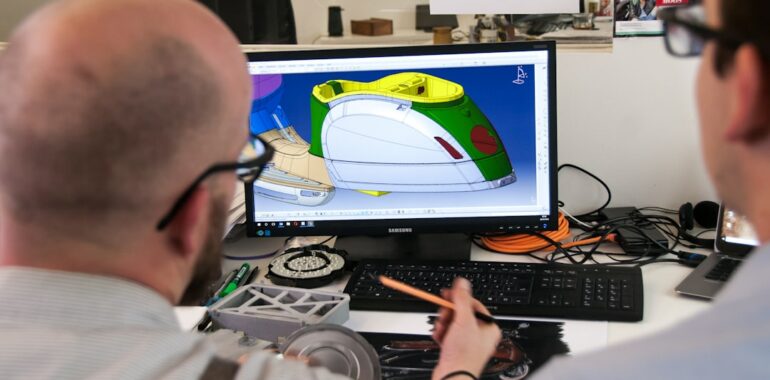POC vs Prototype vs MVP: Choosing the Right Path for Your Startup

Meta Description:
Discover the differences between Proof of Concept, Prototype, and MVP in product development. Learn how to choose the right path for your startup’s digital product to achieve market success.
Introduction
Launching a successful startup requires navigating through various stages of product development. Among these, understanding the distinctions between Proof of Concept (POC), Prototype, and Minimum Viable Product (MVP) is crucial. This guide will help you determine which path aligns best with your startup’s vision and market strategy, ensuring a robust foundation for your digital product.
Understanding the Stages of Product Development
Product development typically follows a structured progression: Proof of Concept, Prototype, MVP, and eventually, the Full Product. Each stage serves a unique purpose in validating and refining your idea before reaching the market.
Proof of Concept (POC)
What is a POC?
A Proof of Concept is the initial phase where you assess the feasibility of your idea. It focuses on proving that your product concept can be developed and will function as intended. This stage is often conducted under controlled conditions to identify and mitigate potential technical challenges early on.
POC Example
For a startup developing a betting system expected to handle millions of users, a POC might involve creating a micro-service capable of processing 1,000 orders per second. This ensures the foundational technology can support scalability without unforeseen issues.
Prototype
What is a Prototype?
A Prototype is a semi-functional model of your product that demonstrates how it will work. This stage bridges the gap between the theoretical feasibility of a POC and the practical implementation of an MVP. Prototypes allow you to visualize and test key functionalities, gather feedback, and make necessary adjustments before full-scale development.
Prototype Example
Consider a startup aiming to create a new dating app. A prototype might include interactive wireframes that showcase user flows and core features, enabling early users to experience the app’s intended functionality without a complete backend infrastructure.
Minimum Viable Product (MVP)
What is an MVP?
A Minimum Viable Product is the most basic version of your product that can be released to the market. It includes only the essential features necessary to satisfy early adopters and gather valuable user feedback. The MVP stage is critical for validating your product-market fit and guiding future development based on real-world usage.
MVP Example
Launching a basic version of a task management tool with core functionalities like task creation, assignment, and tracking allows you to observe how users interact with the product. Their feedback will inform enhancements and additional features in subsequent iterations.
Choosing the Right Path for Your Startup
Assessing Your Startup’s Needs
To determine whether to start with a POC, Prototype, or MVP, consider the following:
- Stage of Development: Early ideas may require a POC, while more developed concepts benefit from Prototypes or MVPs.
- Resource Allocation: Evaluate your budget, time, and technical resources to decide which stage is most feasible.
- Market Readiness: If you’re ready to engage with users and gather feedback, an MVP might be the best choice.
Best Practices
- Define Clear Objectives: Understand what you aim to achieve at each stage, whether it’s validating feasibility, demonstrating functionality, or testing market response.
- Iterative Approach: Use feedback from each stage to refine your product, ensuring continuous improvement and alignment with user needs.
- Target Audience Understanding: Clearly identify your target audience to tailor each stage of development to their expectations and preferences.
How Gacsym Ventures Can Help
At Gacsym Ventures, we specialize in guiding startups through these critical stages of product development. Our comprehensive acceleration program offers:
- Technical Evaluations: Assessing the feasibility of your product ideas to ensure a solid foundation.
- MVP Development: Crafting scalable and market-ready MVPs that attract early adopters and investors.
- Strategic Guidance: Providing tailored growth strategies to navigate the competitive startup landscape.
With our expertise and a robust network of industry veterans, we empower startups to transform innovative ideas into successful businesses.
Conclusion
Choosing between POC, Prototype, and MVP depends on your startup’s specific needs and development stage. By understanding the purpose and benefits of each stage, you can strategically navigate your product development journey, ensuring your digital product meets market demands and achieves long-term success.
Are you looking for a partner to develop your digital product? Contact us!




